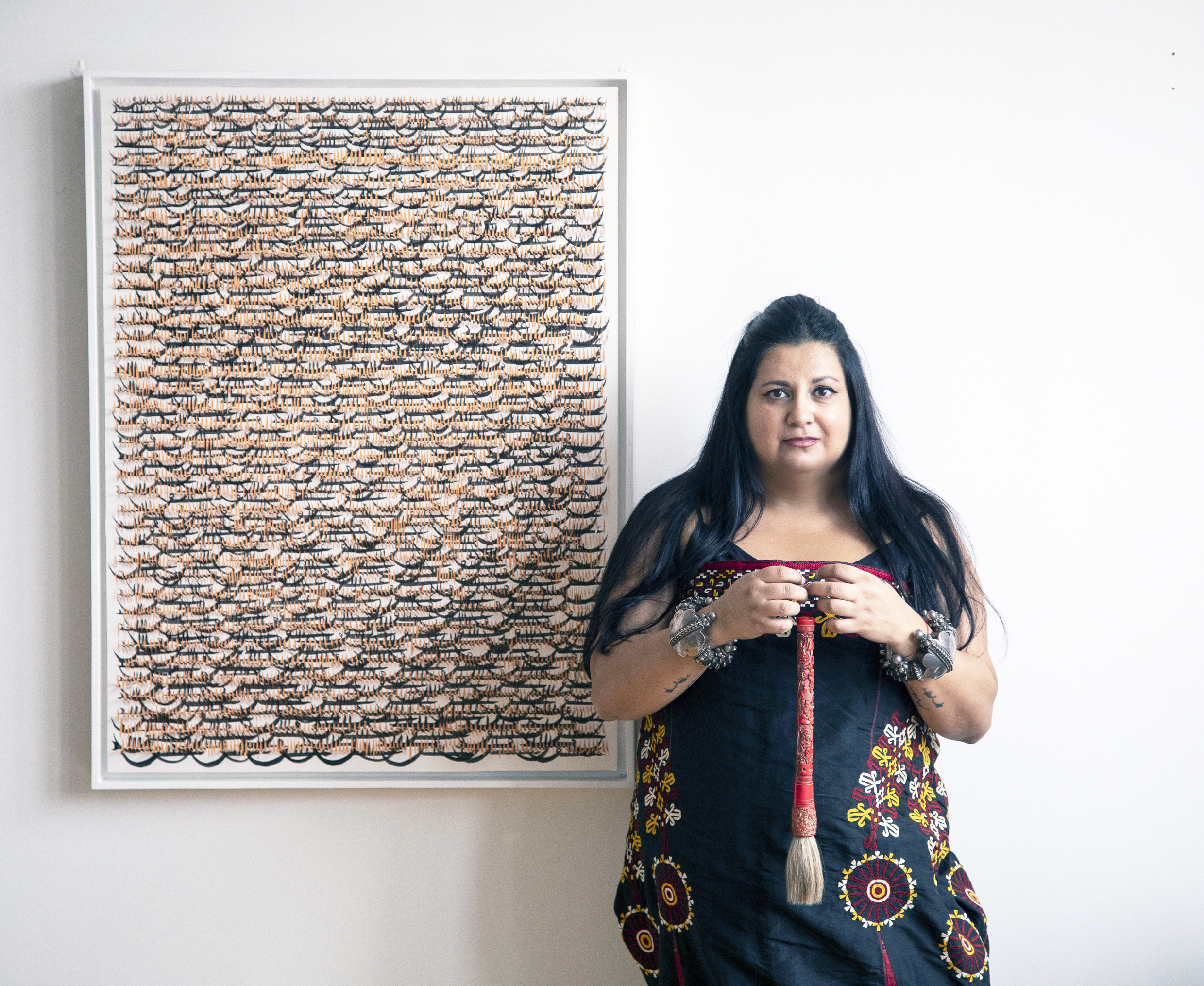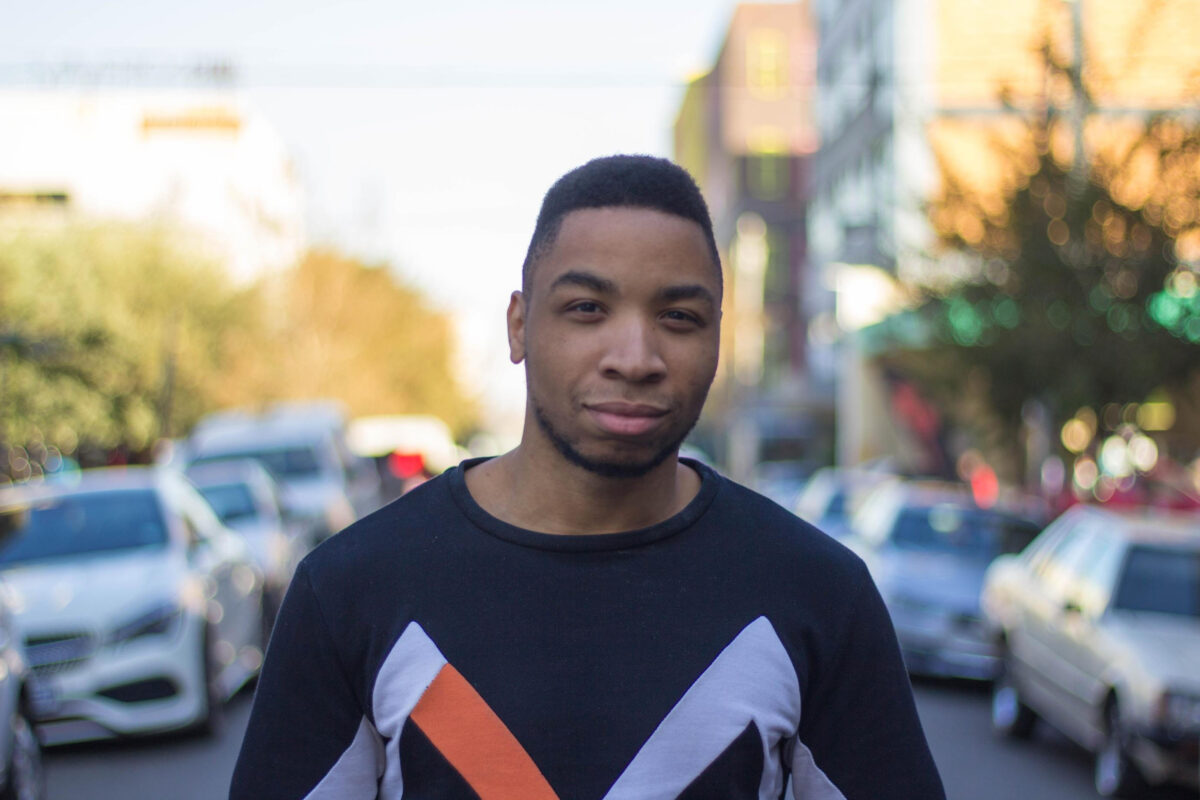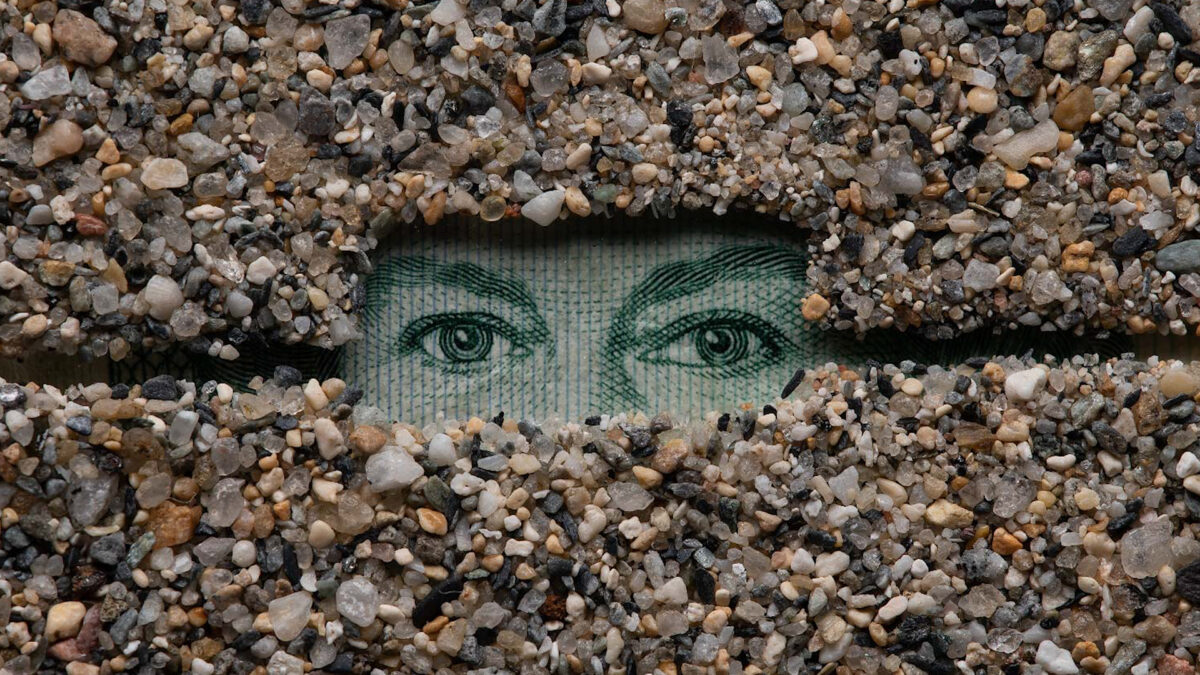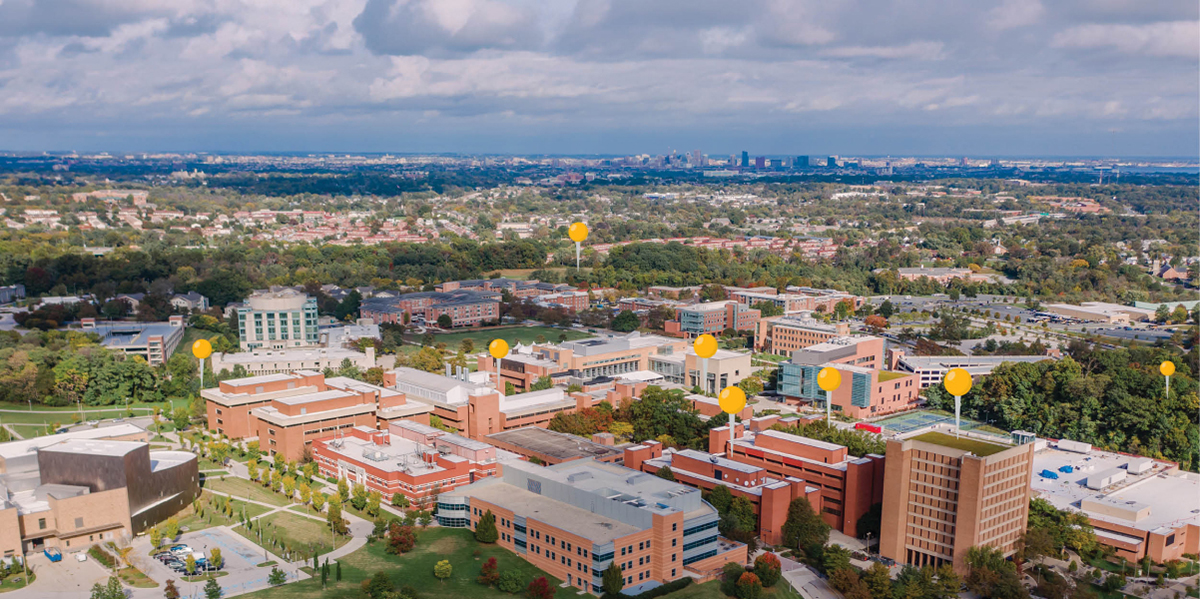The most recent artworks by Hadieh Shafie, M.F.A. ’04, intermedia and digital arts, appear like optical illusions, tricks. Tightly stacked lines of colored pencil suddenly twist and warp into circles. The two-dimensional surface swirls and vibrates, like eddy lines in a river or sound waves blasting from a speaker. Tucked into these dancing lines, Shafie has written the Persian word for passionate love: eshgh.
The drawings pull together many themes from Shafie’s work and life experience, of leaving her home country of Iran in 1983 at the age of 12 and never going back. From her childhood there, she recalls how women were banned from reading certain texts.
“The importance of books and the power of language, the seed of that idea was implanted in my heart and mind then,” says Shafie, a 2014 Alumni Award recipient. “I saw things as a child there that were really traumatic. So, I felt that while my culture is imbued with all this poetry and love for beauty—things that are beautiful, and homes are decorated, and there’s this idea of paradise in the Persian carpet—there was a lack of really practicing any of it.”
Work documentation of Shafie’s Draw, Cut, Rotate series by Robert J. Fagan.
Love and the circle have shown up in her art since the beginning, since her days studying painting at the Pratt Institute in the nineties and intermedia and digital arts at UMBC in the early aughts. Her work now resides in collections of the British Museum, the Metropolitan Museum of Art, the Brooklyn Museum, and the Los Angeles County Museum of Art and in exhibits from Virginia to Dubai to Australia.
She considers herself a Brooklynite, but when she found the M.F.A. program at UMBC, she was ready for a break from the city. She was drawn to the program because it was small, intimate, and she was excited about the writings on performance art by Kathy O’Dell, a faculty member in the Department of Visual Arts.
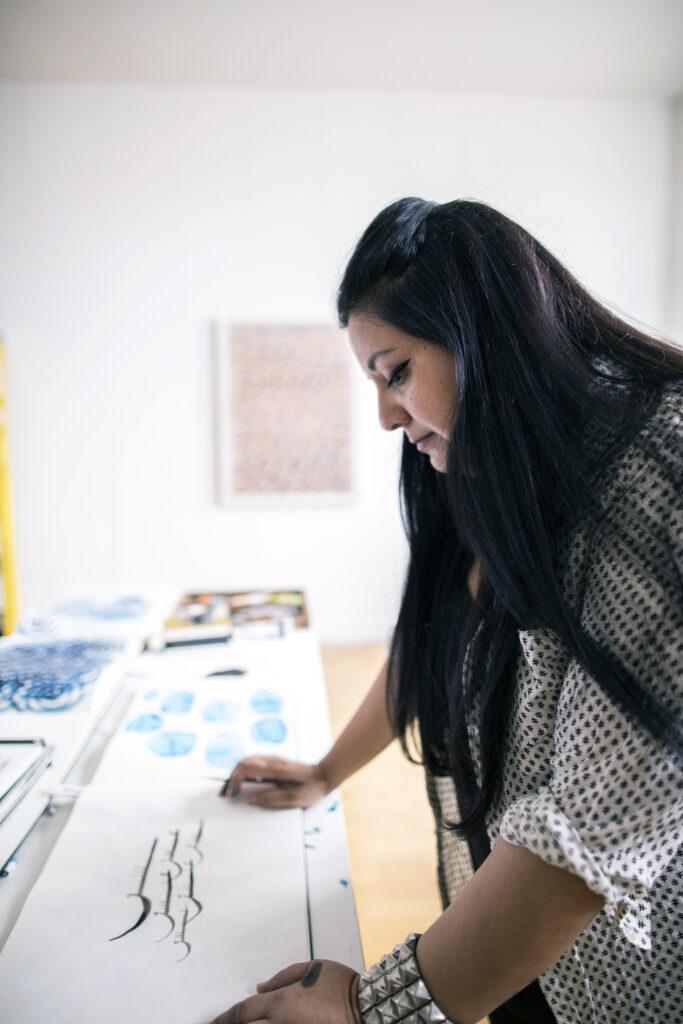
At UMBC, Shafie began a deeper exploration of the Whirling Dervishes, the religious art form of spinning meditative circle dance, and the poems of Rumi, the 13th-century Persian mystic who expounded on the idea of passionate love. Shafie started whirling at UMBC.
“I was getting better at it, only to come to realize that as an Iranian woman, the very first session when I was whirling and I got sick, and I fell on the ground and slammed into the wall—that was my work,” says Shafie, explaining that was symbolic of the role of women in Iranian society. “As a woman I’m never allowed to forget I’m a woman, my place in society, and the things that are barriers to me, so that was very significant.”
Shafie carried these themes into the “Paper Works” series, where she packs a frame with tightly rolled and stacked sheaves of colored paper that have been filled with texts. The effect is a dizzying mosaic of thousands of circles.
“I started with fragments of poems and then kept reducing it to one word, and the word and the common denominator for all of our problems was love and hate,” Shafie says. “I didn’t want to use the word hate. So I use the word for passionate love.”
In her new body of work, the optical “Cut & Rotate Series,” love continues to prevail, the word eshgh appearing like notches, like dragonflies that have landed on rivers of color and line.
“This word that’s so ordinary holds so much power,” Shafie says.
By Alex V. Cipolle
Other members of the UMBC community are also asking big questions and using their intuition to follow the question for as long as it takes. Read about these creative thinkers willing to get lost on a tangent, to joyfully put themselves in positions of not knowing, and looking for new ways of translating the world around them in Open to Interpretation.
Tags: Alumni Award, IMDA, Spring 2023

